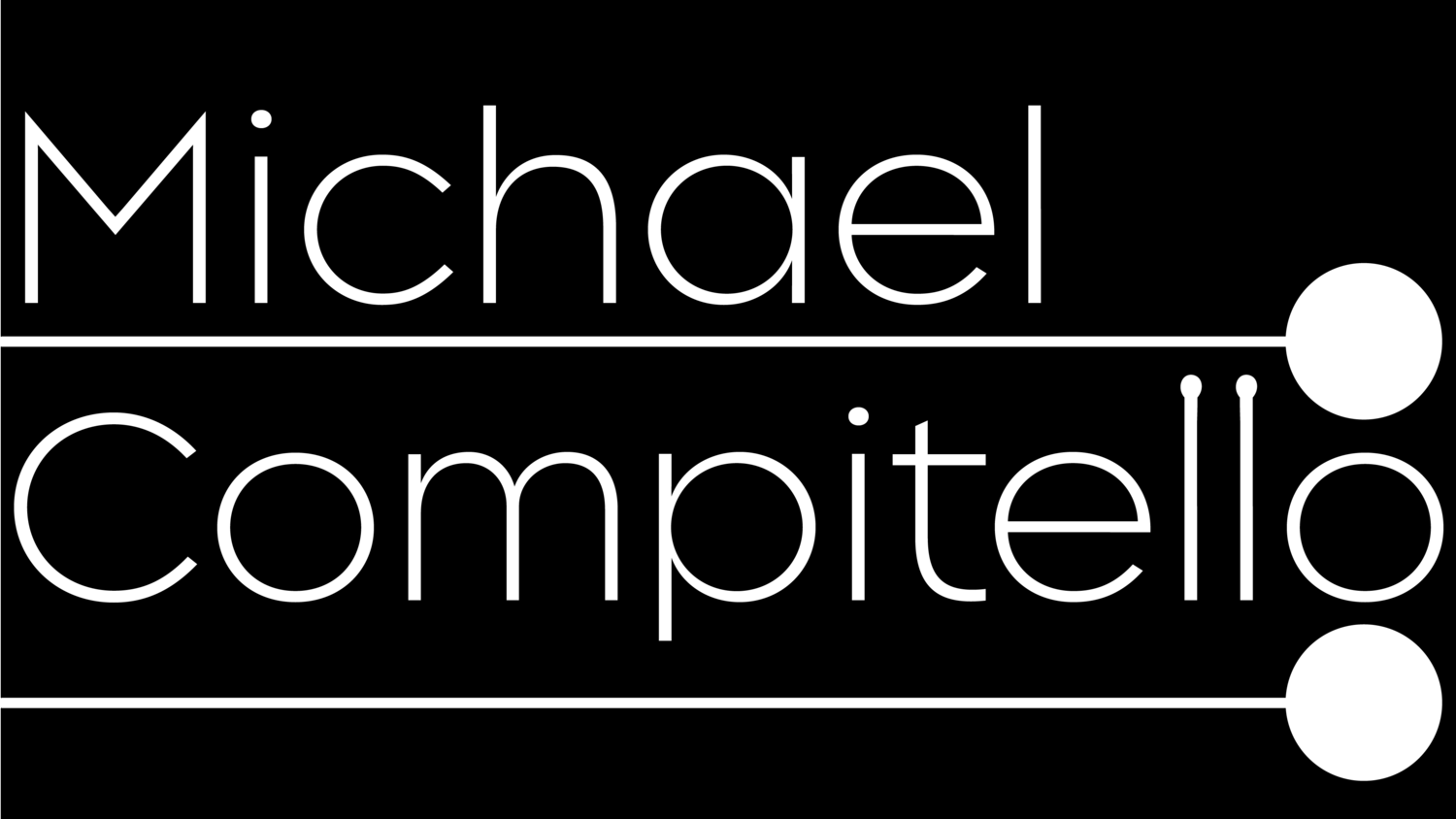Unsnared Drum Booklet and Unboxing
On the eve of the release of Unsnared Drum, I thought I’d share the booklet essay I wrote for the album:
What does it mean to Unsnare something? To free an instrument from expectation? The instrument is called the snare drum because of the wires underneath it; the metal, gut, or cable which give the drum a crisp, focused, energetic, and loud snap. In addition to its militaristic pedigree, the snare drum functions often as a timekeeper, offers coloristic effect, and is a technical proving ground for percussionists. What does a performer do with an instrument which has such a seemingly narrow role? To me, the drum’s repertoire seemed a beautiful courtyard: wondrous and fertile, but ultimately constrained by walls of our own making.
Unsnared Drum reframes how people think about, perform, and practice the snare drum, freeing the drum from its historical and idiomatic chains. It asks whether the snare drum can be bold, coy, suave, and elegant: in short, interesting. To that end, over the past four years, Nina Young, Hannah Lash, Amy Beth Kirsten, and Tonia Ko have patiently collaborated with me on surprising and inventive new works for solo snare drum. I sent each composer a drum and a collection of sticks, mallets, and other implements, and they investigated my favorite instrument from the ground up. The result is a collection of pieces which highlight the snare drum’s breadth of sonic possibility and depth of expressivity, revealing an instrument of drama, grace, and heart.
Nina Young’s Heart.throb inverts our conception of percussive virtuosity with sly wit. In the piece, the characteristics most associated with percussive skill (quick, crisp, fleet passagework) are largely confined to the rim of the drum rather than the head and muddied by electronic delay. Nina affixes a transducer to the head of the drum, turning the instrument into a speaker which broadcasts a pulsating and undulating bed of sinusoids. The performer acts as a filter, altering the pitch and resonance of the instrument by pressing and stirring mallets into the head, striking at various positions on the instrument’s rim, and, in the piece’s emotional center, effecting a stunning duet between a vocalise created by hand pressure on the drum and a stiff metal brush rubbed against the rim. An electronic swoop signals that adventure awaits, and the back half of Heart.throb is pure dance party, with an increasingly pulsating drum set against faster and faster passagework on the drum’s rim and head. The drum fights back, and by the end, the throbbing, urgent, enveloping texture can only be defeated by a powerful and muscular cadenza.
Crisp, precise, dynamic, sharp, and uncompromising, Hannah Lash’s Start challenges the performer to begin again constantly. Start is based on a handful of sharp motives which are continuously, obsessively, monomaniacally, tenaciously, and explosively developed. The performer highlights these themes with (hopefully) dynamic élan, abetted by an array of implements (brushes, hands, metal and wood chopsticks) whose colors delineate formal sections. For Hannah, the features of the snare drum’s sound which make it so challenging to play—its brutally unforgiving sound, its sharp focus—are also pathways to highlight touch, finesse, and subtlety. Start never relaxes, and the piece’s jagged silences are gradually eliminated in pursuit of a breathless climax.
Where Start uses timbre to elucidate motive, Amy Beth Kirsten’s Ghost in the Machine turns to color to reveal the true soul of the instrument. Like a modernist chef mobilizing myriad advanced techniques (and plenty of silverware) in pursuit of the “essence” of a flavor, Ghost in the Machine calls upon the performer to use a number of implements to chase the “pure” sound of the snare drum, that ghost so often caught in the machinery of rigid, militaristic music. In addition to a triangle set on the head and jangled with finger or mallet to sound like a groaning electric guitar, Amy deploys popping, echoing, clicking, clacking, jangling, buzzing, and dinging sounds in an increasingly dense groove, sautéing, sous vide-ing, and foaming the drum with shot glasses, knitting needles, and a wide assortment of sticks and mallets. The result is a graceful and pure declaration of the snare drum’s inner sound.
Unsnared Drum concludes with Tonia Ko’s Negative Magic, which discovers an all-but-hidden realm of melody, harmony, and resonance by almost completely loosening the drum’s tuning. After an acclimating ritual which calls to mind an ancient storyteller finding their voice, we hear a meandering conversation between the clattering shell of the drum and the ringing head and a series of melodious sonic waterfalls which emulate the same vertiginous acceleration, transforming from curious to sinister. Directly in the center of the piece, the snares are activated, and the music repeats, buzzing with new life as sharp accents are juxtaposed against a tremulous texture. By the end, the performer gradually loosens the snares until they are deactivated again, unspooling Negative Magic’s rhythmic process. The only sound possible is the head itself, scratched by nails. The drum dissolves into air, escaping the beautiful garden’s walls.
“The drum reveals the drummer.” Nina’s program note for Heart.throb could aptly describe all of Unsnared Drum. Each of these works subverts our expectations of what the snare drum can do. More importantly, our workshop sessions, notational experiments, and sonic adventures challenged me to rethink what a percussionist can be, asking me to develop and refine new expressive pathways and percussive techniques while freeing me from rigid expectation and dogma. In the end, it is the performer—not the instrument—who is freed.
-Michael Compitello
I also took some time to do a little unboxing of the amazing physical CDs, wonderfully designed by Laura Grey and Molly Haig. Looking forward to sharing this with the world!
